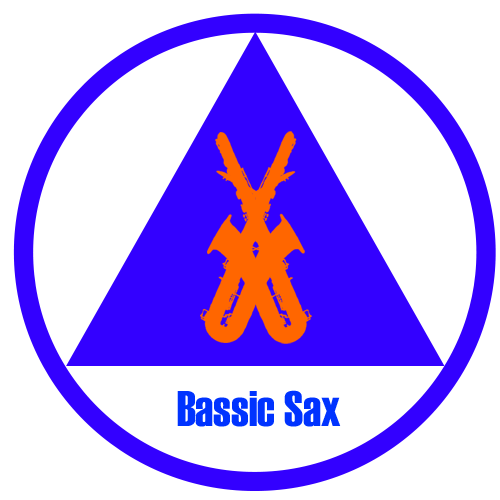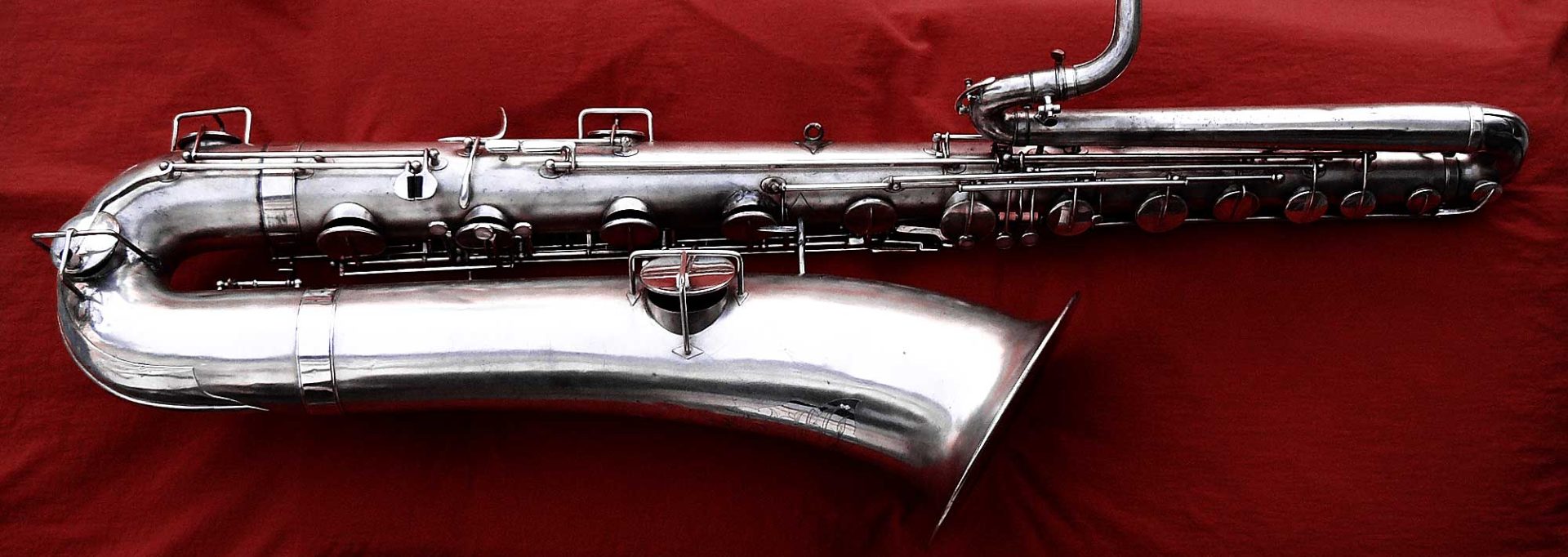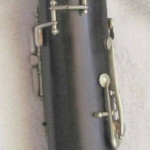Over the past few months I’ve posted pages from various vintage catalogues that were sent to me by a fellow in Europe. Today’s offering is a bit different for two reasons:
- This catalogue is not from the 1900s. It is however, from the 19th century. These catalogue pages, from the Paul Stark company of Markneukirchen, Germany, are from 1893.
- Until now the catalogue pages that I’ve featured in my weblog have featured only saxophones. Yes, today’s pages will show us a brand of antique saxophone, but more importantly, they will show us some long-forgotten saxophone relatives.
I hope you enjoy today’s historical trip down musical instrument lane. This one is dedicated to my friend and colleague, Pete Hales. Pete has been doing this type of research longer than I have, and was actually the one who inspired me to do the research that I currently do.
I should mention that I’m trying something different in this article. In order to keep the page length under control, I’ve opted to created separate pages for each instrument, or group of instruments. At the end of each written page it says: On to page X ». Starting on page 2, there is also a link that will take you back to the previous page. («Back to page X.)
Paul Stark catalogue introductory pages
The above image was created using two image files that I combined together in Photoshop as best I could. They matched up together almost perfectly. Presumably the image shows the Paul Stark company’s showroom in Markneukirchen, as it was in 1893.
It’s a mini bassoon. No, it’s a deformed alto clarinet. No, it’s an octavin.
The first instrument that is included from this Paul Stark catalogue, is the octavin. It is a very odd-looking bird, which resembles the bottom of a bassoon, with a bell and a clarinet-type mouthpiece attached. This strange instrument has a conical bore, and overblows the octave, like a flute, oboe, bassoon, and of course the saxophone. (And no, I’m not going to translate this whole page ATM. I’ll do it later, when I write about this instrument for my website.)
An octavin popped up on eBay just over a year ago. Unfortunately, the seller didn’t provide a manufacturer’s name with his horn. But the info. he did provide, does jive with known sources, so I’ll just quote what he wrote.
This instrument is ready to play and comes with its original mouthpiece and case.
It does not have a serial number. It is a single reed instrument, with a conical bore. Its invention is attributed to Jullius Jehring. (1824 -1906) a bassoon maker in Markneukirchen, Germany. Oskar Adler, a maker in Markneukirchen and Hermann Jordan of the same town were granted the German patents (on 27 September and 11 of October 1893).
The instrument, 40 cm high, is made of rosewood (palisander), resembling the butt of a bassoon. The wider bore is fitted with a small metal bell, turned outwards at a right angle. To the narrower bore an ebonite joint is added, terminating in a clarinet type beak mouthpiece. 14 keys and three rings are fingered, much as a simple system oboe.
Source: welchmusic on eBay.com
Source: welchmusic on eBay.com
Source: welchmusic on eBay.com
If you’d like to read more about this rather odd, rare instrument, check out the octavin page on the Oddwinds wiki.














If you’re interested in hearing the sound of the Octavin. Please check out my YouTube video. https://www.youtube.com/watch?v=34lxGW4Rp2o
On 1:48 there is the short appearance of something that looks like a modern Georgeophone.
No Georgeophone, probably a Wessex ophicleïde.
The instrument, that according to Berlioz, inspired Adolph Sax.
Hector Berlioz, Hugh Macdonald, “Berlioz’s Orchestration Treatise: A Translation and Commentary”, Cambridge University Press, 2002, p. 297
Put a single reed mouthpiece on it and you have a primitive bas saxophone with 13 keys (no octave keys).
Georgeophone: This beautifull horn was also build in Italy by : Ferdinandi Roth , probably there where more Manufacturers of this horn, it was very costly to produce, but at least we have now;
P.Stark, Pelissson adn Roth, maybe there are more.
Yup, considering it was just a rumour a few years ago, I think this is pretty exciting!
I thank you for the dedication.
I only occasionally go out of my comfort zone of sax research into esoteric woodwind instruments, primarily because of the time it takes vs. the time I actually have. However, these instruments shouldn’t be ignored. There are some very close saxophone relatives out there, like the Sarrusophone and Rothophone, and you also have to remember that one of A. Sax’s biggest contribution to the woodwind world was the redesign of the bass clarinet. Hey, a lot of sax players also double on at least clarinet, if not more stuff.
Actually, I’ve been working on Rothophone and Sarrusophone pages for years now. I started them so many times, but have never finished them. I really do need to get them done. One day…